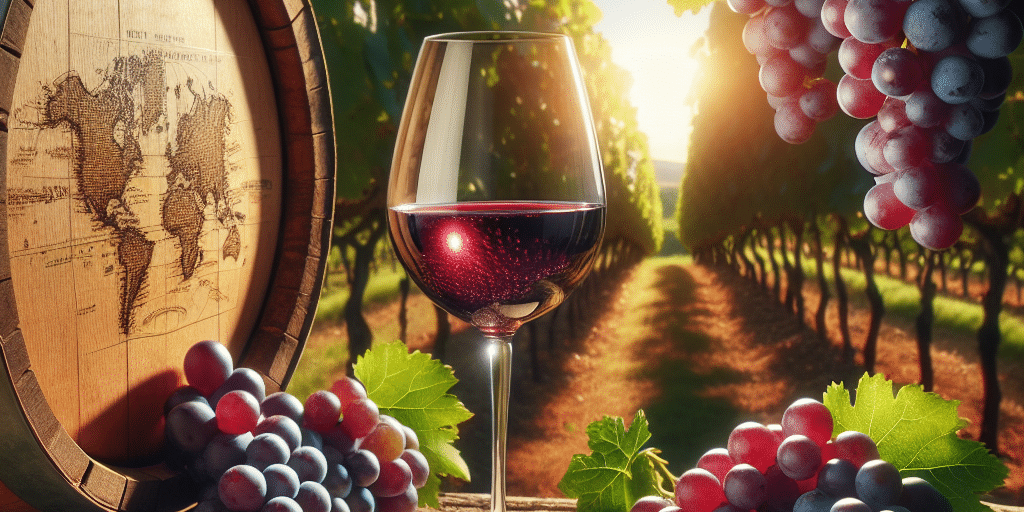Exploring the World of Wine: A Journey Through Time and Taste
Wine, a timeless elixir cherished by civilizations throughout history, remains an integral part of cultures around the globe. From the sun-drenched vineyards of Tuscany to the rolling hills of Napa Valley, wine represents not just a beverage, but a complex interplay of geography, climate, and human artistry.
A Brief History of Wine
The origins of winemaking can be traced back thousands of years, with evidence suggesting that the practice began in the regions that are now Georgia and Iran around 6,000 BCE. The ancient Egyptians and Mesopotamians were among the early adopters, weaving wine into their rituals and daily life. Fast forward to ancient Rome and Greece, where wine became central to social and religious customs, often consumed at banquets and symposiums.
As the Roman Empire expanded, so did viticulture, spreading throughout Europe where it found a home in the fertile soils of France, Spain, and Italy. Throughout the Middle Ages, monasteries became the custodians of winemaking knowledge, refining techniques that laid the foundation for modern enology.
The Art and Science of Winemaking
Winemaking today is a blend of time-honored techniques and cutting-edge science. The process begins with viticulture, the science of growing grapes. Terroir, a French term that encapsulates the unique combination of soil, climate, and topography, plays a critical role in determining the flavor and character of the wine.
Once harvested, the journey from grape to glass involves several key stages. Crushing and fermentation initiate the transformation of grape juice into wine, facilitated by yeast that converts sugars into alcohol. The wine is then aged, often in oak barrels, which imparts additional flavors and tannins. Finally, it is bottled and aged further to develop its bouquet and complexity.
Varieties and Styles
Wine is as diverse as the regions that produce it, yet it can be broadly categorized into a few key types: red, white, rosé, sparkling, and fortified wines. Each is unique, with distinct processes and profiles.
-
Red Wine: Made from dark-colored grape varieties, red wine is known for its rich flavors and tannins. Iconic reds include Bordeaux, Pinot Noir, and Cabernet Sauvignon.
-
White Wine: Crafted from green grapes and sometimes skinless dark grapes, white wines like Chardonnay, Sauvignon Blanc, and Riesling are appreciated for their crisp and refreshing qualities.
-
Rosé Wine: This style can be made from red grapes with limited skin contact, resulting in its signature pink color and light, fruity character.
-
Sparkling Wine: Popularized by champagne, sparkling wines are synonymous with celebration. The bubbles result from a secondary fermentation process.
- Fortified Wine: With added spirits, fortified wines like Port, Sherry, and Madeira offer higher alcohol content and robust flavors.
Wine and Culture
Throughout history, wine has been more than a drink; it is a cultural symbol of connection and celebration. In many societies, it represents hospitality and conviviality, often shared during meals, religious ceremonies, and significant life events.
Modern wine culture has expanded globally, with new wine regions emerging in places like South Africa, South America, and Australia, each bringing unique flavors and innovations to the table. Wine tourism has flourished, with enthusiasts traveling across continents to explore vineyards, participate in tastings, and deepen their appreciation.
Conclusion
Wine continues to captivate with its ability to embody the essence of a place and time. It tells a story with each sip, connecting us to both the lands from which it originates and the people who dedicate themselves to its craft. As fascinated explorers of this ancient art, we are continually invited to discover new flavors and experiences, reaffirming wine’s timeless place in human culture.







